Shoe molding vs. quarter round: What’s the difference?
People often use the terms “quarter round” and “shoe molding” interchangeably, and for good reason – you see both types of molding in a variety of places, especially in the joint between your flooring and your baseboards.
There is, however, a distinct difference between the two, and it’s worth understanding this difference before deciding which you’ll choose and for which application.
This post contains affiliate links. Read our policy here.
Quarter round vs. shoe moulding
Quarter round is essentially ¼ of a perfect circle. Picture a dowel rod or a wood clothes hanger rod, and cut it into perfect fourths. You’ll have a 90 degree angle corner on one side with a perfectly circular radius on the other. This means that the distance from the 90 degree corner to either edge of the radius will be the same.
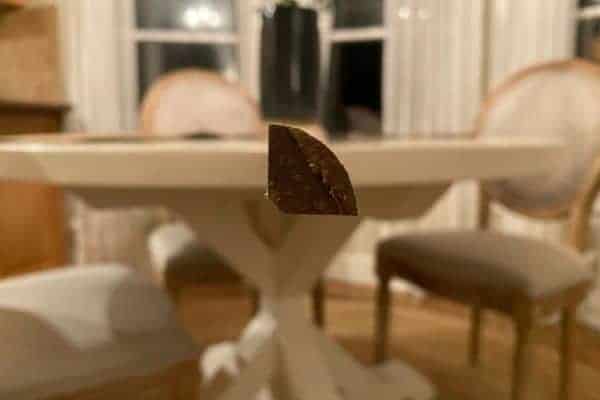
Shoe molding still maintains this 90 degree corner on the one side, but the round portion is not a perfectly circular radius. Instead, the radius side of the molding is cut short and turns down to create a flat edge on the lower side of the radius, ultimately creating a thinner piece of trim.
This means that the distance from the 90 degree corner to either edge of the radius side ends up different, making it about about 50 percent taller than its depth or thickness. While it may seem like an insignificant and perhaps even barely noticeable difference, there are a few reasons to consider choosing one over the other.
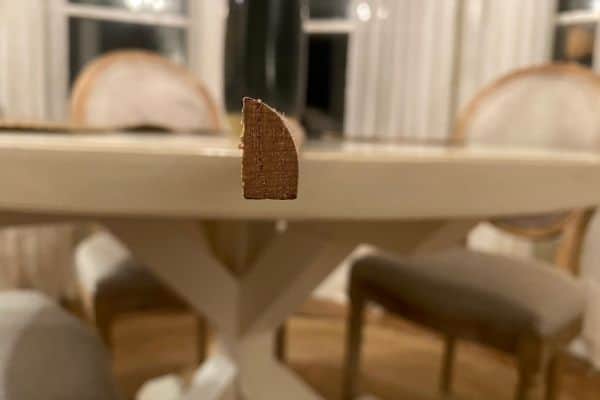
Considerations when choosing quarter round vs. shoe moulding
Consideration #1: The scale of your house–The most typical dimensions of quarter round are ¾” x ¾” while the most common size of shoe molding is ½” x ¾”.
Suppose you lived in a gigantic palace and your hallways could accommodate your car driving through them with room to spare. In this scenario, (or in sightly less exaggerated scenarios) the distance your trim pieces protrude into any given room really won’t affect your furniture layout or the freedom of movement throughout the home when walking around others in the same area as you.
If your hallways have ample space and your living areas can easily handle large furniture without feeling cramped, you may want to go for the quarter round option. It will provide a much more substantial look than shoe molding and is almost essential for large spaces from an aesthetic perspective.

On the other hand, if your hallways are tighter (like, so-tight-that-you-barely-got-your-new-fridge-through-them-to-the-kitchen-tight), you’ll want to use shoe molding.
Not only does shoe molding offer more physical forgiveness when moving large furniture through the house, but it provides the same vertical appearance without sticking out into your line of sight quite so far.
I know, we’re talking about a ¼” difference here, but remember that the distance your quarter round protrudes vs your shoe molding is a 50 percent increase, and it’s these many subtle details of a home that compound to create an overall, albeit subconscious at times, impression or feeling about the livability and comfort that a home provides.
Consideration #2: Flooring installation–The decision of quarter round vs shoe molding most commonly arises when you’re installing new floors in your home.
The old quarter or shoe will be torn up and will most likely need to be replaced as a result of this process. Here’s where most people make a big mistake when installing new floors: If they’re installing their new flooring over the existing floors to save money rather than uninstalling the existing floors, they leave the baseboards right where they are.
Most homes already have undersized baseboards slapped on by the builder, and this extra height from your new flooring will make the baseboards feel that much smaller than they already did.
However, if the cost of uninstalling your baseboards and reinstalling them at the new height of the new floor is truly a cost issue for you rather than just an aesthetic oversight, definitely go with the shoe molding.
We get it. Stuff costs money, and if your budget only allows for new floors and not all the picky and labor intensive aspects of dealing with baseboards, caulking and repainting the wall and baseboard molding joints affected, you still want your project to look as good as possible.
So, if your baseboard height decreases because of your new flooring height, the last thing you want is to install a thick and protruding quarter round that makes the depth of the base added to the quarter round almost as deep as the baseboards are tall. This isn’t a good look, so go with the shoe molding.
Consideration #3: paint vs stain–Once they’ve made their quarter round vs shoe molding decision, many people wonder whether they should paint or stain this piece of trim. The simple answer is that it’s totally up to you, but there are a few things to think about before you decide.
First of all, stain grade quarter or shoe is nearly 70 percent more than the cost of paint grade.
Secondly, The labor required for stained wood molding is significantly more. Not only will you need to stain the wood, but you’ll need to coat it with 2 coats of polyurethane or it will absorb moisture and dirt and stains.
Finally, the only situation where you even have the option (in our opinion) to use stained trim is if your baseboards have some significant height to them. When you stain this piece of trim, your eye subconsciously associates it with the floor material.
Thus, your baseboard height effectively feels like it is ¾” shorter than it actually is when you go with stained quarter or shoe. So if your baseboards are less than 5” tall, definitely go with the paint grade material and paint it to match your baseboards.
Keep reading:
DIY farmhouse trim

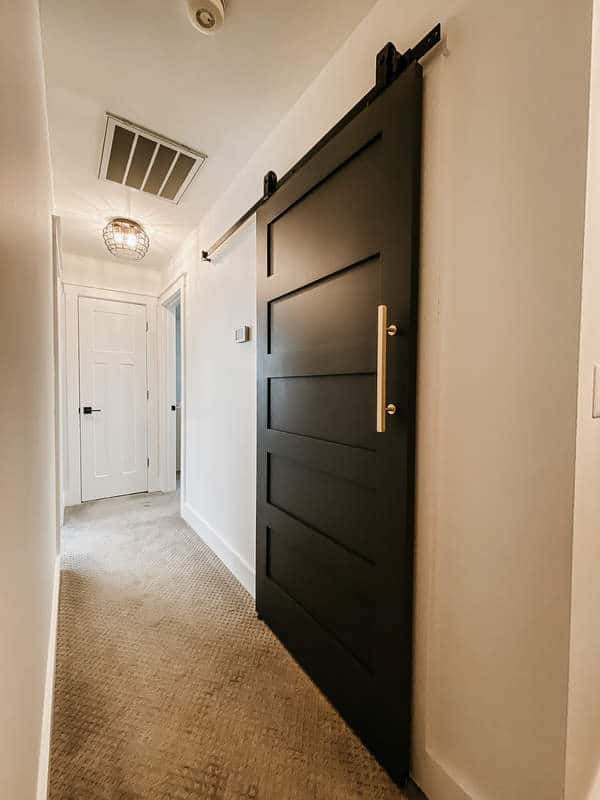
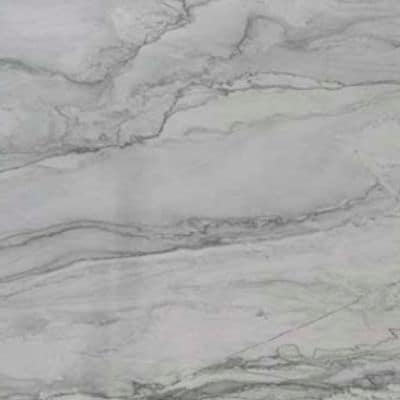

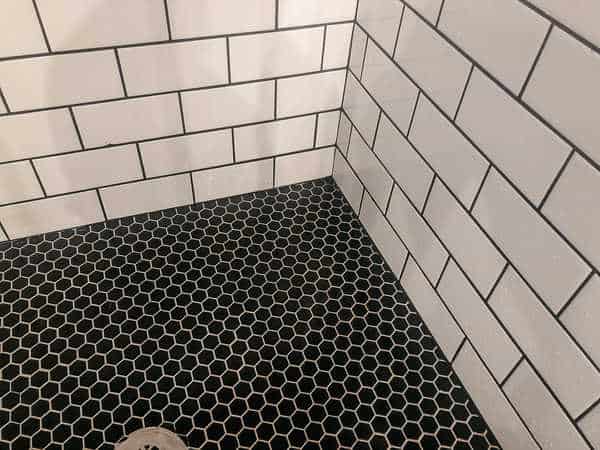

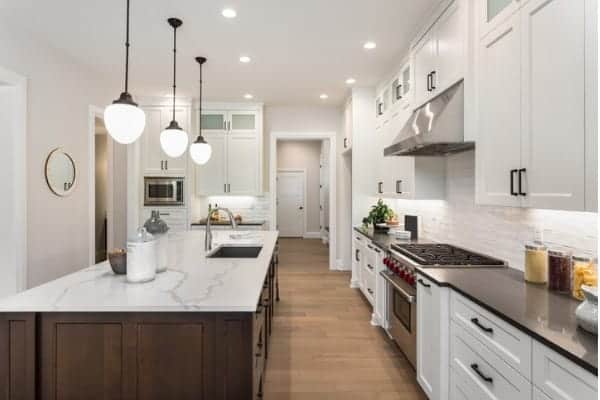

Thank you for this fabulous detail. I have a new kitchen with clean bases. Unfortunately, my bamboo flooring has to be replaced and I’m told a molding will be around cabs. I want it to be as clean as possible… I think the toe
kick is best now.
Yes, Terry, I agree. Shoe moulding is better for cabinets as it intrudes into the foot space less.